
Ganglion cyst
Ganglion cyst, which is also popular under the name Bible cyst, is a benign growth that occurs on top of a joint, or the covering of a tendon. This cyst is filled with a thick and colorless material, which is also the jellylike. Ganglion cysts may be of different size and they can be firm or spongy. This condition is more frequent in women than in men, and there can be one large cyst or many small cysts that are linked by a common stalk.
The most common places when ganglion cysts appear are on the back of the hand, at the wrist joint, and on the palm side of the wrist. However, ganglion cysts may also occur in some other places, such as at the top of the foot and the outside of the knee and ankle, as well as at the base of the fingers, on the palm and on the fingertips.
Causes and symptoms of ganglion cysts
Although the main cause for the occurrence of this disorder is not established yet, there are some theories that only give possible causes for this condition. According to one theory, the main cause is the flaw in the joint capsule or tendon sheath, which is responsible for the forming of the cyst, whereas the other theory states that the main cause is trauma that leads to the break down of the joint tissue into small cysts.
The most obvious sign of this condition is a soft immobile bump that tends to change sizes. Another symptom of ganglion cysts is the swelling that either appears suddenly or over time. This swelling usually disappears after a period of time and than emerges again over time. The pain may also occur and it is aggravated with joint motion.
Diagnosing of ganglion cysts
This condition is not very serious and does not need immediate treatment. However, it is recommended to visit a doctor who will decide what should be done with it. Ganglion cyst is usually diagnosed after a simple physical exam. After the diagnosis is set, it is very important to take the sample of the fluid that is in the cyst. It is performed with needle aspiration, or an ultrasound may be needed. Ultrasound can be very useful here, because it can help with the establishing whether the fluid in the cyst is solid or cystic, but also it can be seen if an artery or blood vessel causes the bump.





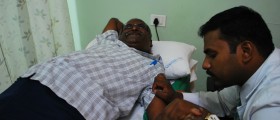

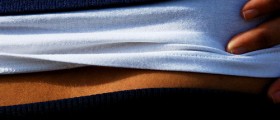




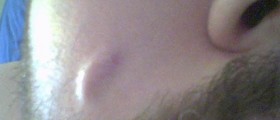
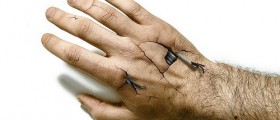
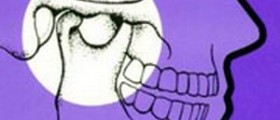

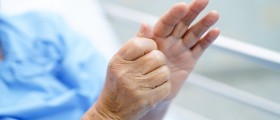
Your thoughts on this
Loading...